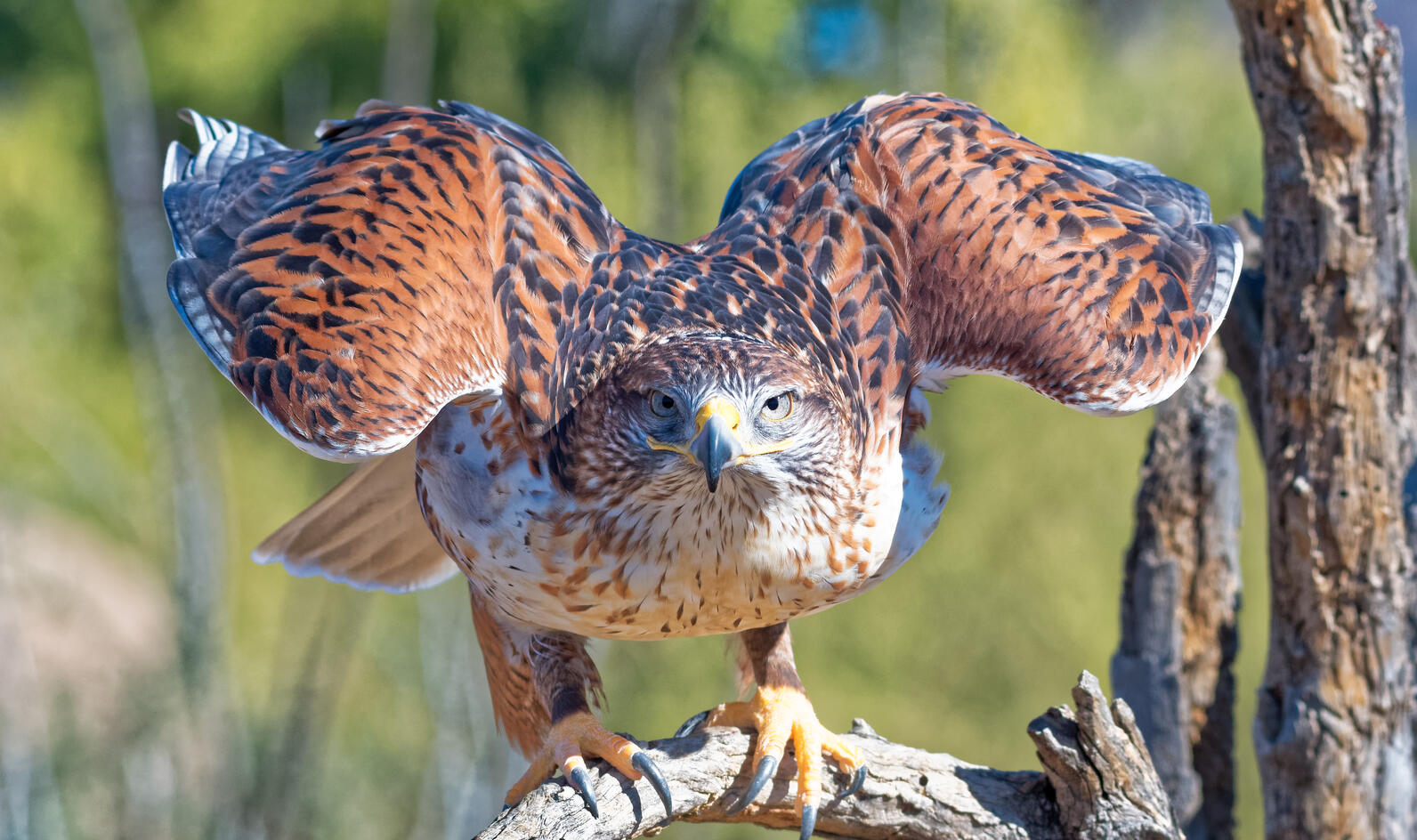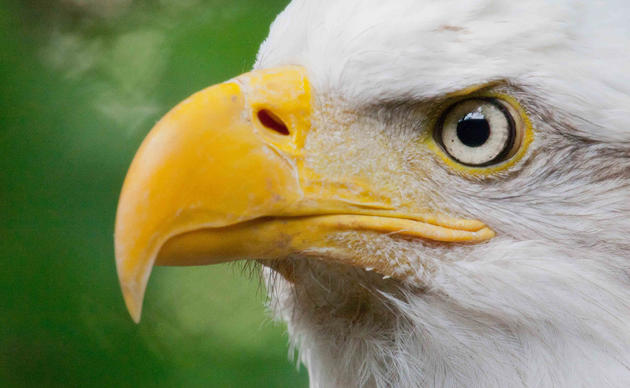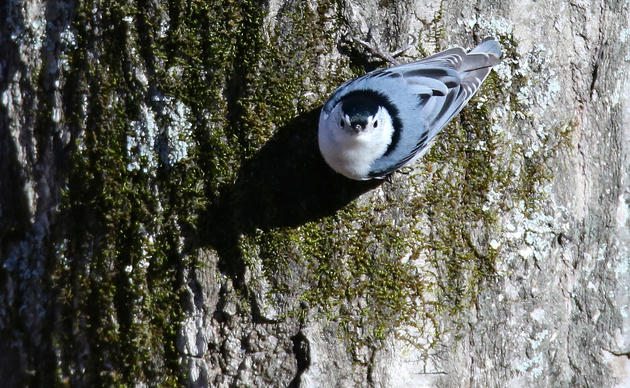Seattle, WA – May 28, 2024 – As the state’s leading voice for birds, Audubon Washington supported the Energy Facility Site Evaluation Council’s (EFSEC) recommendation to Governor Inslee on the Horse Heaven Wind Farm project, especially the robust protective measures for the state-endangered Ferruginous Hawk. We were disappointed to learn of the governor’s decision to send the project back to EFSEC for further evaluation. While we believe EFSEC was following the best available science from state wildlife experts when making this decision, the controversy surrounding this project highlights the need for a better, more efficient approach to siting clean energy projects.
Utility-scale clean energy developments are necessary to meet the requirements of the Clean Energy Transformation Act (CETA), which passed in 2021 with the strong support of Audubon in Washington. In the governor’s rejection of EFSEC’s recommendation, he underscored that “the region will need to build roughly 20 additional clean energy projects of this magnitude to meet Washington’s projected electricity load growth by 2035.” This is based on a full buildout of the project as initially envisioned.
“Audubon Washington’s engagement with the Horse Heaven Wind Farm project has been focused on two goals: protecting birds from the threat of habitat destruction while advocating for the buildout of clean energy infrastructure,” said Trina Bayard, Ph.D., Interim Executive Director and Director of Bird Conservation at Audubon Washington. “With the governor’s rejection of EFSEC’s project recommendation, it is clear that current siting and permitting processes are not up to the task of addressing these dual needs at the pace and scale the state requires.”

Build-Ready: A New Model for Clean Energy Development
Fortunately, there is a path forward to resolving this issue. To responsibly site, permit, and build the clean energy needed to reach the state’s mandates, we must flip the model from one that is developer-led, to one that prioritizes biodiversity along with other cultural values.
State leaders should support the adoption of a Build-Ready project development model that pre-screens potential clean energy project sites for environmental and cultural values, and then leases or sells those sites to willing developers. This model has been deployed successfully in other parts of the country and is currently being considered by the Washington State Department of Commerce.
Audubon Washington is actively engaged in the development of resources available to developers and other stakeholders designed to facilitate clean energy siting decisions. These include:
-
The WSU Least-Conflict Solar Siting Tool, released last summer, supports analysis of conflict levels among conservationists, agricultural interests, and ranching stakeholders for the evaluation of potential solar sites.
-
Updated WDFW guidelines for onshore wind and utility-scale solar projects provide strong guidance for developers on how to avoid, minimize, and mitigate impacts to threatened and endangered species.
-
Nonproject Environmental Impact Statements assess significant adverse negative environmental impacts of potential onshore wind and utility-scale solar development and identify mitigation measures. These statements will lead to the designation of clean energy preferred zones where project developers can gain tax and other regulatory benefits.
In his memo to EFSEC, the governor asked the agency to take a closer look at the project design and operation details in making alterations to the scope of the project, while also minimizing negative impacts on vulnerable species and habitats. Our state legislature has committed to confronting both the biodiversity and the climate crisis. Doing so means the state must take action to prioritize the recovery of threatened and endangered species amidst the buildout of the renewable energy resources needed to meet the state’s clean energy mandates.




